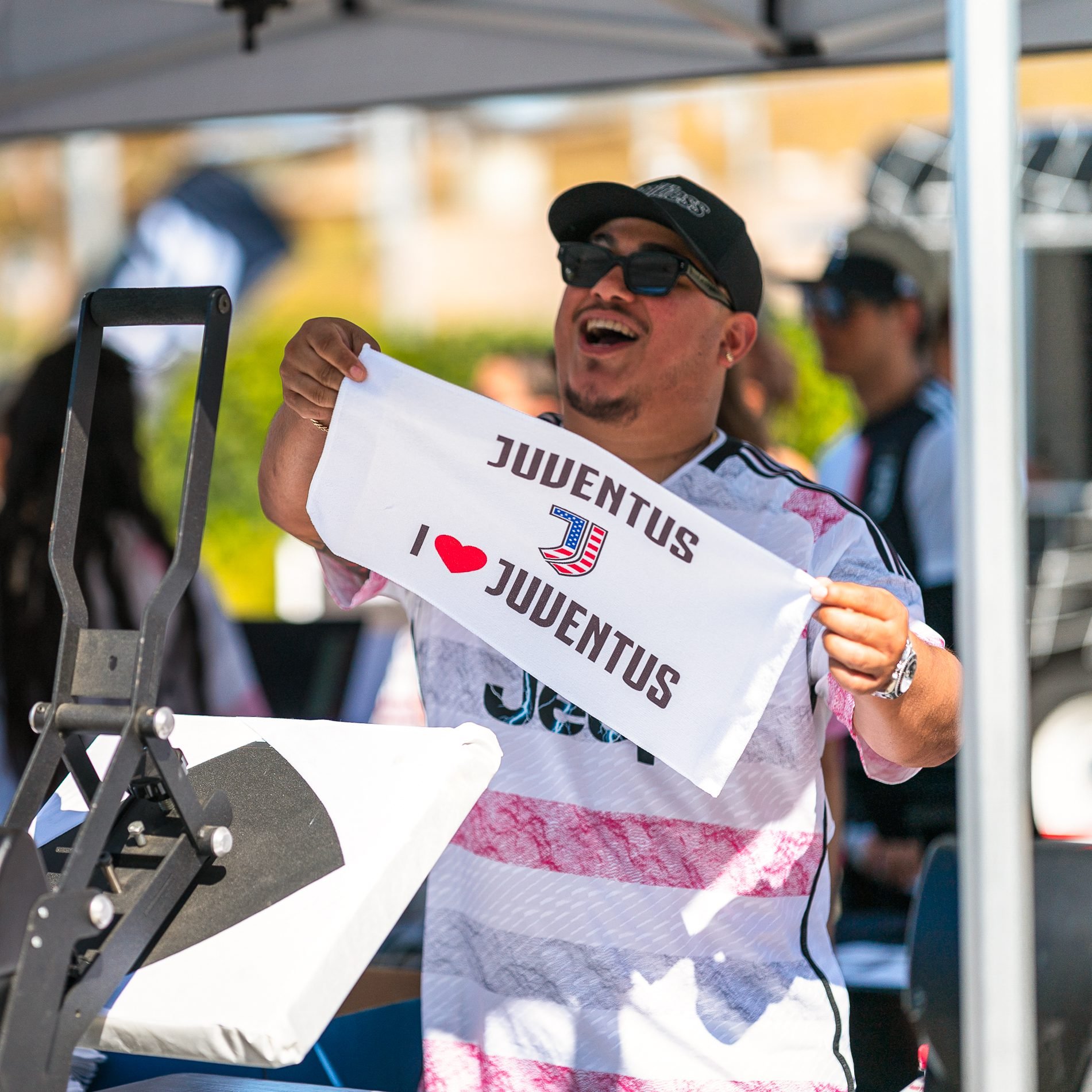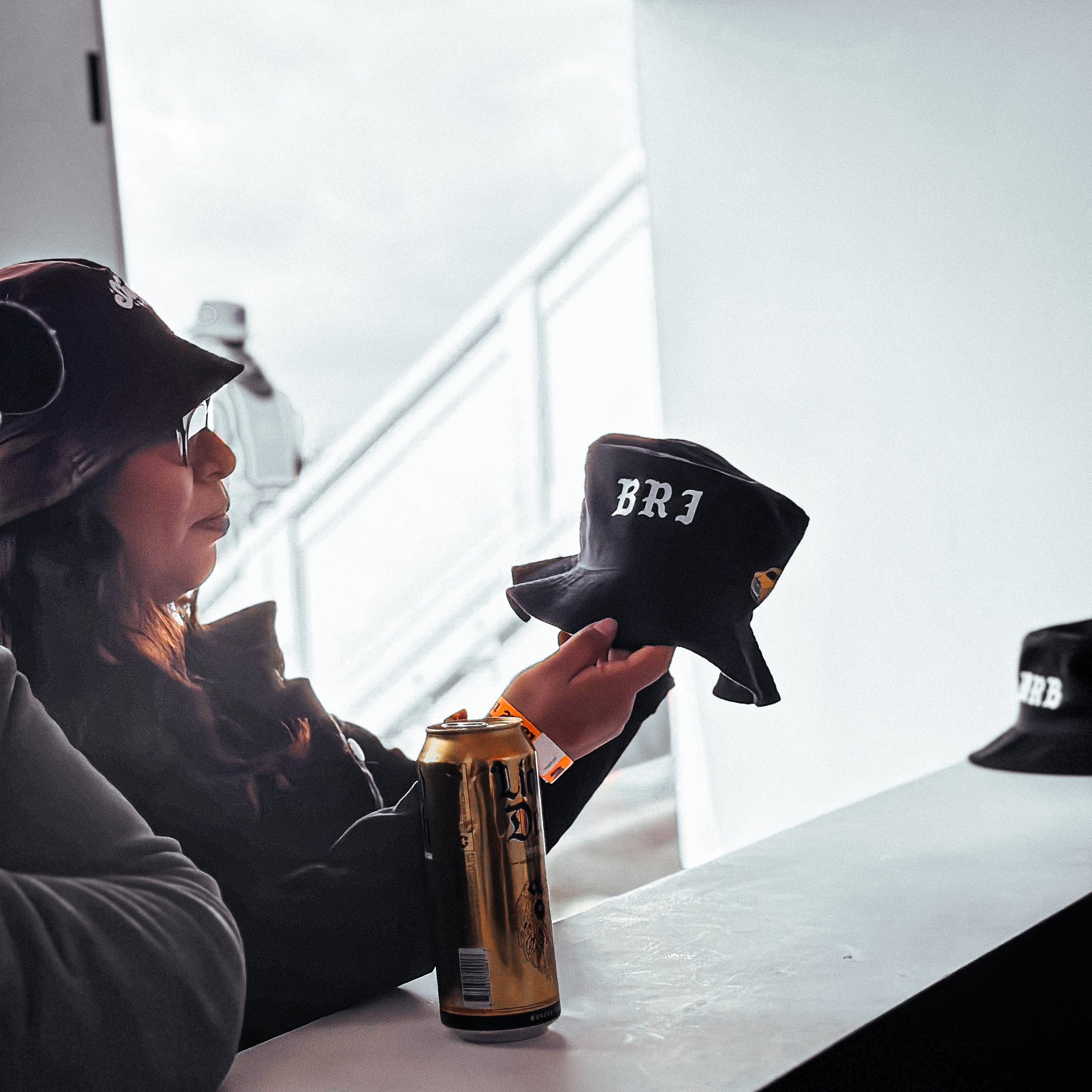Selecting the right merch is not just about creating products; it's about forging stronger connections between a brand and its audience. Whether it’s fans of a band or loyal customers of a business, the merch you choose can significantly enhance this bond and drive loyalty. This guide will explore how to select merchandise that appeals to and resonates deeply with your target audience, transforming everyday items into tools of engagement and symbols of belonging.
Understanding who your audience is—what they value, desire, and connect with—is crucial in this process. Merchandise is not a one-size-fits-all solution; it should be thoughtfully aligned with both the brand’s identity and the customer’s expectations. By delving deep into the strategies that help in making informed merchandising decisions, businesses can ensure their brand not only stays relevant but thrives in the competitive market landscape.
Understanding Your Audience
The first step in choosing the right merch is understanding who your audience is. This involves deep audience analysis, where demographic data such as age, gender, location, and even income levels are paired with psychographic insights like interests, hobbies, and values. This rich blend of data helps create a clear picture of who your customers are and what they might expect or appreciate in merchandise.
Knowing your audience allows you to tailor your merchandising efforts to meet specific needs and preferences, enhancing relevance and appeal. For example, if your primary audience is young adults who value trendiness and social media presence, then stylish, Instagram-worthy merch might be particularly effective. This strategic alignment with customer interests ensures that every item resonates well with its intended recipients, increasing the likelihood of it being used frequently and publicly.
Understanding your audience isn’t a one-time task—it’s an ongoing process. As trends shift and new interests emerge, continuously gathering and analyzing customer data will help you adapt your merchandise offerings effectively. This agility ensures that your merch remains as dynamic and evolving as your audience itself, keeping your brand relevant and cherished over time.
Aligning Merch with Brand Identity
Merch serves as a tangible representation of your brand, so it's imperative that every item reflects your brand’s values and aesthetic. This alignment ensures consistency, which is key to building brand recognition and trust. When customers see or use your merchandise, they should immediately associate it with your brand’s core identity, whether it's minimalist, bold, eco-conscious, or luxe.
Consistent branding across all merch fosters a sense of authenticity. Customers are more likely to invest in merchandise that feels true to the brand they admire and follow. For instance, a band known for its eco-friendly messages would do well to produce merch like reusable water bottles or organic cotton T-shirts, which reinforce their commitment to sustainability.
Additionally, the process of aligning merch with brand identity should involve meticulous planning from the design phase to the selection of materials and colors. Ensuring that all merchandise is on-brand not only enhances the aesthetic appeal but also deepens the customer's connection to the brand, making every purchase feel like an extension of their identity as well.
Trend Analysis in Merchandise
Puff Printed t-shirt
Staying abreast of current trends in merch is essential to remain competitive and relevant in any industry. Whether you’re creating merch for a band, a startup, or a seasoned corporation, understanding what’s popular in the market can inform your product choices and design decisions. This might include tapping into the latest pop culture phenomena, adopting emerging color schemes, or incorporating modern design elements that resonate with consumers.
However, while it’s important to be trend-aware, it’s equally crucial not to lose sight of your brand identity in the pursuit of relevancy. The best approach is a balanced one, where trending elements are integrated in ways that complement rather than overshadow your brand’s core message. For example, if minimalism is a trend but your brand is more vibrant and colorful, consider subtle incorporations of minimalist design in your more colorful palette.
Keeping an eye on trends can also provide insights into the technologies and materials that are shaping the future of merchandise. Advanced printing techniques, innovative materials, and unique packaging designs can set your merchandise apart and appeal to a forward-thinking audience, ensuring that your products not only follow trends but also set them.
For example, puff ink printing has become the leading printing technique in the past few years because of it’s nostalgic look and because it gives the garment more texture and the feeling of novelty.
Quality vs. Quantity: What Matters More?
When it comes to merchandise, the debate between quality and quantity is ongoing. Investing in high-quality, durable items can enhance your brand’s reputation and ensure that the merchandise lasts longer, providing more value to the customer. High-quality merch tends to be appreciated and used for extended periods, which means more prolonged exposure for your brand.
On the other hand, opting for cheaper, higher quantity items can be tempting, especially if you are looking to reach a larger audience with a limited budget. However, the risk here is that lower-quality items may quickly wear out or become obsolete, potentially harming your brand's image. It's crucial to find a balance where the cost considerations do not compromise the quality so much that it detracts from the user’s experience.
The decision ultimately depends on your brand strategy and the message you want to convey. If your brand stands for luxury or durability, skimping on quality could be detrimental to your image. Conversely, if your strategy is mass distribution of simple, cost-effective items for a big event, quantity might take precedence. Whichever route you choose, make sure it aligns with your overall brand objectives and audience expectations.
Customization and Personalization Options
In a world where consumers are bombarded with generic products, customization and personalization serve as key differentiators. Offering personalized options for your merchandise can significantly enhance its appeal, making your customers feel special and valued. This could be as simple as allowing customers to add their names to jerseys, choose colors, or even participate in the design of their merchandise.
Customization not only caters to the individual’s taste but also increases the emotional attachment to the product. When customers are involved in the creation process, they are more likely to feel a personal connection to the brand and are often more willing to advocate for it to others. This level of engagement can transform passive customers into active brand ambassadors.
Additionally, the data gathered from customization preferences can provide invaluable insights into your audience’s preferences, which can inform future product development and marketing strategies. By tracking which features are most frequently selected, brands can tailor their offerings more precisely, ultimately leading to better customer satisfaction and loyalty.
Sustainable Merchandising Practices
Sustainability in merchandising is no longer just a niche preference but a significant trend that resonates across consumer groups. More and more, customers are looking to support brands that demonstrate responsibility towards the environment. Integrating eco-friendly practices into your merchandise production can not only appeal to a broader audience but also position your brand as a forward-thinking, ethical leader in your market.
Choosing sustainable materials, opting for environmentally friendly production processes, and minimizing waste are all practices that can enhance the appeal of your merchandise. For instance, using organic cotton, recycled materials, or biodegradable packaging can make a substantial difference in how your brand is perceived by environmentally conscious consumers.
Promoting your sustainable merchandising practices can be a part of your marketing strategy. Highlighting these efforts in your promotions, on your website, and through your social media channels educates your customers about your brand’s commitment to sustainability and can drive both sales and brand loyalty.
Utilizing Feedback to Improve Merch Selection
No matter how well you think you know your audience, there is always room for improvement, and customer feedback is invaluable in this process. Actively seeking out and listening to what your customers have to say about your merchandise can provide critical insights that drive better decision-making. Whether it’s feedback received through online reviews, social media interactions, or direct customer surveys, every piece of feedback is a goldmine of information.
Implementing changes based on customer feedback not only improves the quality and appeal of your merchandise but also shows your audience that you value their opinions and are committed to meeting their needs. This can enhance customer satisfaction and loyalty, as consumers are more likely to support brands that listen to and act on their feedback.
Additionally, regularly updating your merchandise based on what’s working and what’s not can keep your offerings fresh and relevant. This practice not only ensures that your products continue to meet the evolving tastes and preferences of your audience but also keeps your brand dynamic and competitive in the market.
Conclusion
Choosing the right merchandise is more than just a business decision; it's a strategic move that can significantly enhance your brand's connection with its audience. By understanding your audience, aligning your merchandise with your brand identity, staying on top of trends, focusing on quality, offering customization options, practicing sustainability, and utilizing customer feedback, you can ensure that your merchandise resonates deeply with your fans and customers.
As you move forward, remember that the ultimate goal is to create merchandise that your audience finds valuable and aligned with their values and preferences. We encourage you to apply these insights to refine your merchandising strategy, strengthen your brand connection, and enhance customer loyalty. Let your merchandise be not just products, but powerful tools for building lasting relationships with your audience.
Looking for The Best Merch printer?
send us an e-mail at quotes@familyindustriesla.com, or give us a call at 323.227.1547 and we'd be happy to help.
Our showroom at 2755 Fruitdale Street, Los Angeles, CA 90039 is open by appointment only from 10 am - 4 pm Monday through Friday.
Follow us on Instagram and Facebook
For FAQ, check out our site!
For any inquiries, send us a message!
OR
send us an e-mail at quotes@familyindustriesla.com


















